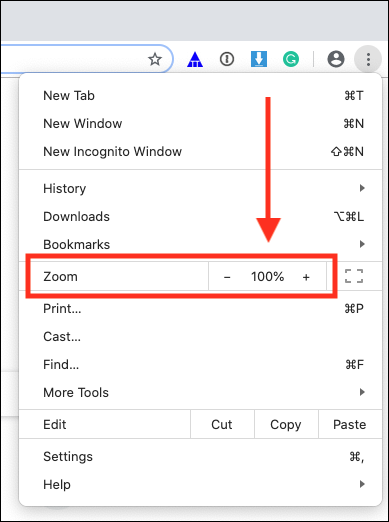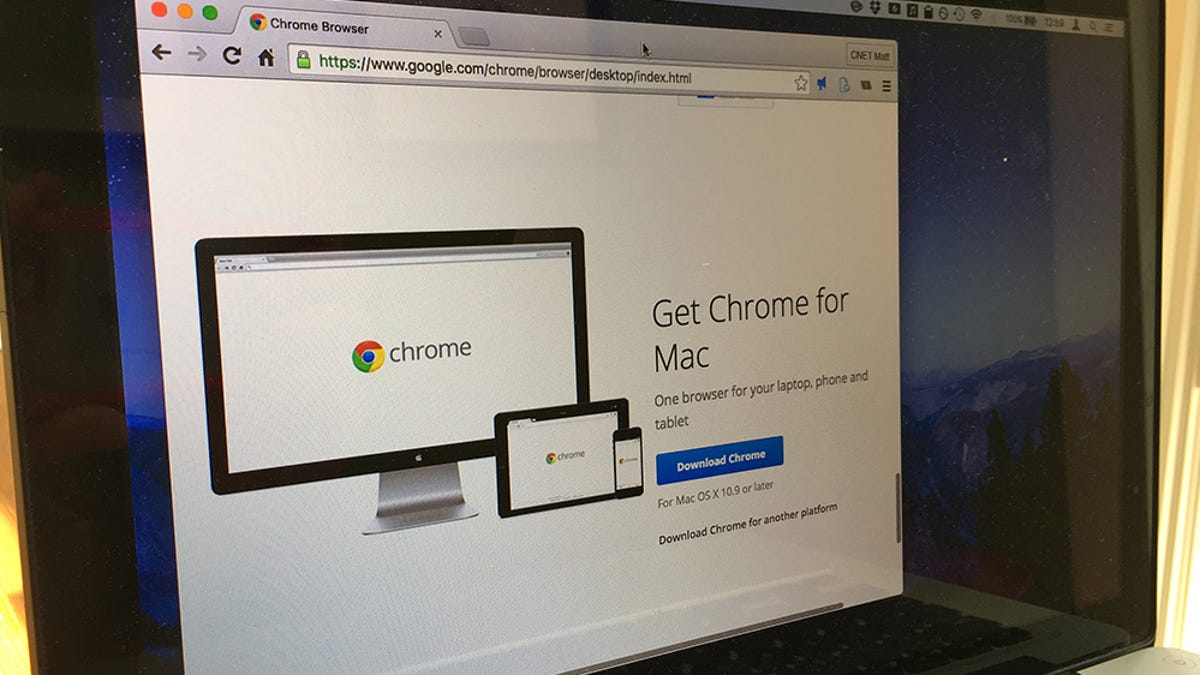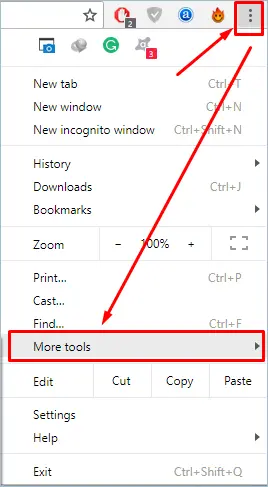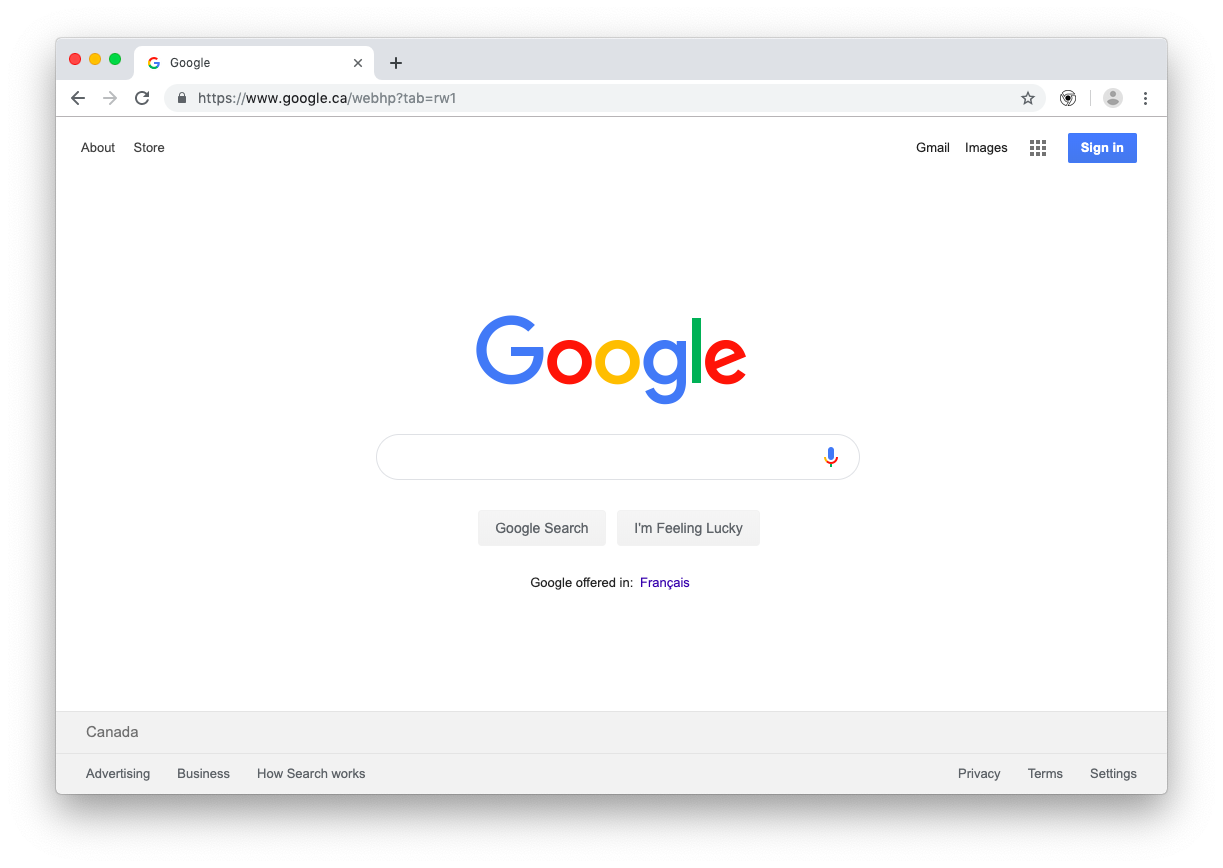


You can stop a page from loading by hitting the Escape key. When you are viewing a page (and not filling out a form, using Google Docs or otherwise engaging your cursor in Chrome), hit the spacebar to page down on a page and Shift-spacebar to page up. On Windows, hit the Home and End keys to go to the top and bottom of a page, respectively. You can then return to the top of the page with Command-up arrow. To jump to the bottom of a page, hit Command-down arrow. Moving in the opposite direction of the above shortcut, use Shift-Delete to move forward a page. Your cursor, however, can't be in the middle of filling out a form or a Google Drive file, for example. To go back a page, simply hit the Delete key. Similar to Command-N opening a new window, Command-Shift-N opens a new Incognito window. Hold down the Shift key when you click a link to open it in a new window. Similarly, use Command-Shift-click to open link in new tab and switch to it. In order to be sure a link opens in a new tab, press Command when you click the link to stay on your current page while opening the link in a new tab in the background.
Shortcut un chrome for mac .exe#
exe location (right-click on Google Chrome shortcut.
Shortcut un chrome for mac mac#
To wit, some links in Chrome open in the current tab while others open in a new tab. Google Chrome on Windows and Mac auto-updates itself on a regular basis. You can also drag a tab out of the current window and start a new window or drag it from one window to another. You can click and drag a tab to move it to another spot among your row of open tabs in the current window.

Chrome is quite flexible when it comes to moving your tabs around. This shortcut isn't a keyboard shortcut but one of the best features of Chrome. On Windows, use Ctrl-Tab to move to the next tab to the right and Ctrl-Shift-Tab to move to the next tab to the left. Use Command-Option-right arrow to jump one tab to the right, and use Command-Option-left arrow to jump one tab to the left. Command-9 moves you to the right-most tab, so this keyboard shortcut is really only useful if your open tabs number in the single digits. Likewise, Command-5 jumps you to the fifth tab from the left. Command-1, for example, takes you to your first (left-most) tab. To jump amongst your open tabs, press Command and any number key between 1 and 9. However, there is a way to do this in the version of OSX Im using, at least. The feature hasn’t yet made it to the public version of Chrome, but it may be released in the coming weeks.If you are like me, then you have multiple tabs open within seconds of sitting down at your computer. Unfortunately none of the extensions I have work. Still, with companies like Apple adding more and more emoji options each year, this gives us quicker access to actually use them. Third-party messaging apps like Messenger, Slack, Discord, and Skype also all have their own emoji libraries available. It’s not a groundbreaking addition, considering there are already ways to pull up emoji on desktop, including the shortcut Command + Control + Space for Macs or the touch keyboard on certain Windows devices. Users can then right-click to get to the emoji option and pull up the emoji options for Mac, Windows, Linux, or Chrome OS, depending on what operating system they’re running. What Google Chrome is proposing is adding an emoji option on the menu that appears when you right-click any text field.

It’s currently on the testing channel Chrome Canary, and users can enable it now by going to chrome://flags and searching “emoji,” as spotted by 9to5Google. Google Chrome added a new shortcut today to make adding emoji on desktop easier.


 0 kommentar(er)
0 kommentar(er)
